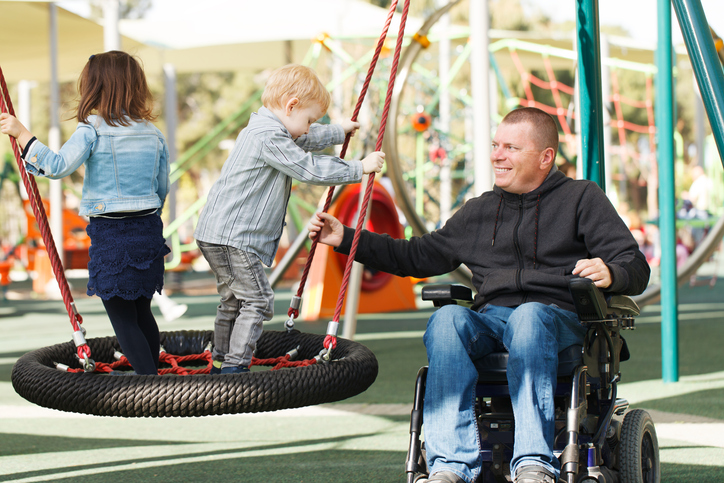Living with Chronic Pain
Managing Pain at School

A common misconception is that chronic pain is a medical issue that primarily affects adults. The truth is that one out of every five youth in Canada, age 18 and younger, experience some type of chronic pain. Of that number, more than half miss a significant amount of school.
School-aged youth with a chronic pain condition often have difficulty in school due to issues with sleep, absences, mental health, and social struggles. Without guidance and proper support at school, it is challenging to excel in academics and maintain other aspects of their lives. A supportive learning environment with available accommodations is essential for overall well-being. Developing a plan for pain management during school is difficult.
Meet with staff
Meeting with school staff is a great way to ensure that everyone is on the same page. The child’s needs, rights, and how to make sure school goes smoothly should be discussed.
Medications
Determine with the school staff which medications the child is allowed to have with them and which ones should be taken to the nurse’s office. Typically, the school and nurse will need to be provided with a list of medications and a note from a health care professional. Discuss snacks or drinks for diabetes management if applicable.
Medical devices and assistive tools
A child may need to have medical devices or assistive tools available during the school day. This could include an oxygen tank, wheelchair, cane, service dog, etc. Discussing this with the school staff beforehand allows them time to prepare the space to be accessible to the child.
Individual Education Plan
An Individual Education Plan (IEP) is a written plan that is developed by the school board and parents or guardians that details an individualized plan created for a child with specific needs. In certain situations, a child with chronic pain may qualify for an IEP. The school board will normally help the family with this process.
Note-taking
Children with chronic pain may struggle with taking notes due to difficulty writing for long periods, trouble concentrating, or other issues. Talk to the child’s teacher about other viable options. This could include pre-written notes from the teacher, making a copy of another student’s notes, or using a special recording device.
Breaks
Sitting or standing for long periods can exacerbate pain symptoms; however, being able to take a few minutes to stretch can be beneficial. Breaks can also provide time to use the restroom, especially for gastrointestinal issues, refill a water bottle, or get a quick snack.
Sensory-friendly space
A sensory-friendly area in or near the classroom can help a child who is in an emotional or physical flare. Ask the child’s teacher if it is possible to create this kind of space in the classroom. This area might include a bean bag chair, darker lighting, noise-canceling headphones, and fidget toys. Due to budget constraints, teachers may not be able to provide these things on their own, but they may allow the child to keep headphones or fidget toys with them during the school day.
Absences
Discuss the late, absentee and truancy policy with the child’s teachers and school board. There may be some flexibility allowed in certain circumstances. It may also be possible to mix in-person and online learning for children who need to stay home more often.
School counselor
For children who experience chronic pain, having sessions with the school counselor can help them navigate their situation with ease. A school counselor can help with the child’s emotional issues, and also help connect them to different resources that are needed.
Additional sources: National Council for Special Education (NCSE) and Psychology Today


















